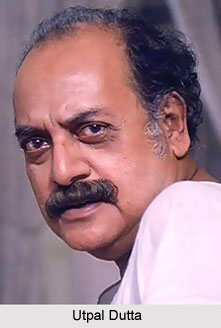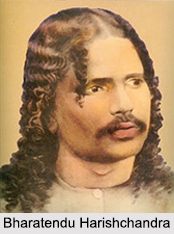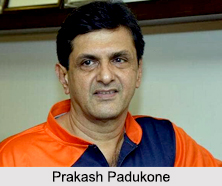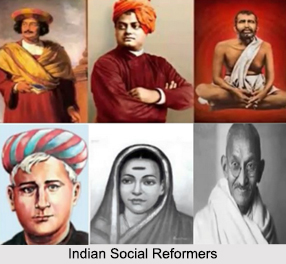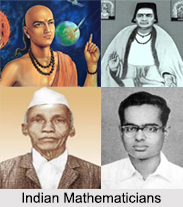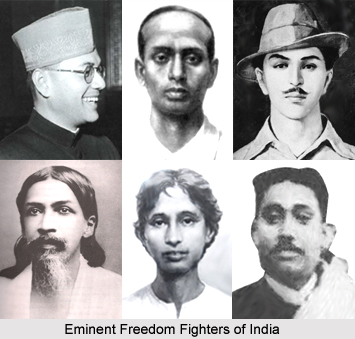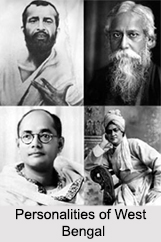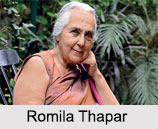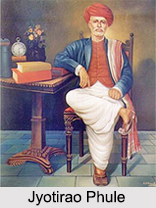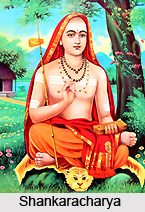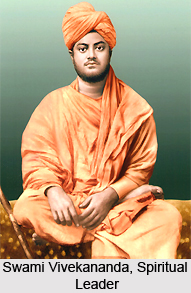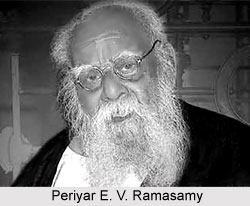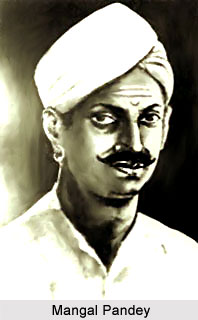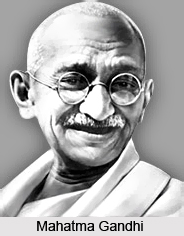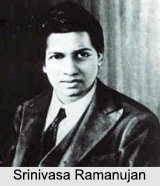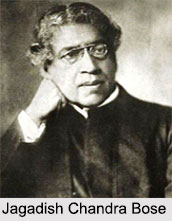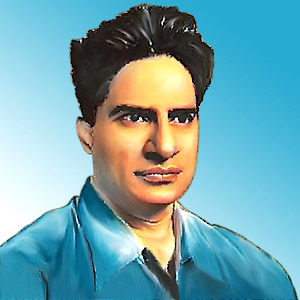 Damodar Dharmananda Kosambi (July 31, 1907 - June 29, 1966) is known for his work in numismatics and for compiling critical versions of ancient Sanskrit texts. Kosambi was a Marxist historian who specialized in ancient India who employed the historical materialist approach in his work. He was a leading activist in the World Peace Movement.
Damodar Dharmananda Kosambi (July 31, 1907 - June 29, 1966) is known for his work in numismatics and for compiling critical versions of ancient Sanskrit texts. Kosambi was a Marxist historian who specialized in ancient India who employed the historical materialist approach in his work. He was a leading activist in the World Peace Movement.
In 1931, Kosambi married Nalini, daughter of a very wealthy member of the Madgaonkar family.
Early life of Damodar Dharmananda Kosambi
After a few years of schooling in India, he and his elder sister, Manik Kosambi, travelled to Cambridge, Massachusetts with his father. He spent a year in the Grammar school and was admitted to the Cambridge High and Latin School in 1920. He became a member of Cambridge branch of American Boy Scouts.
He enrolled in Harvard in 1924, but postponed his studies and returned to India. He returned to the US with his father in January 1926. He was awarded the Bachelor of Arts degree in 1929 by Harvard University. He was technical consultant to the Chinese government for some time.
Career of Damodar Dharmananda Kosambi
He became the professor of Banaras Hindu University (BHU), teaching German and mathematics. He published his first research paper, "Precessions of an Elliptic Orbit" in the Indian Journal of Physics in 1930.
In 1931 that he was hired by mathematician Andr‚ Weil, then Professor of Mathematics at Aligarh Muslim University, to the post of lecturer in mathematics at Aligarh. He produced eight research papers in the general area of Differential Geometry and Path Spaces. As he was fluent in several European languages, some of his early papers in French, Italian and German journals in their respective languages were published.
In 1933, he joined Fergusson College in Pune, where he taught mathematics for 12 years. He started his interdisciplinary pursuit. In 1944 he published a small article of 4 pages titled `The Estimation of Map Distance from Recombination Values` in Annals of Eugenics, in which he introduced map function.
His important contribution is the widely known technique called proper orthogonal decomposition. It is now referred to as the Karhunen-Loeve expansion. This is applied in image processing, signal processing, data compression, oceanography, chemical engineering and fluid mechanics.
He published his critical editions of Bhartrihari`s Shatakatrayee and Subhashitas. He started his political activism by supporting the Communist Party of India.
In 1945, he became the professor of Mathematics in Tata Institute of Fundamental Research. Post independence, in 1948-49 he was sent to England and the US as a UNESCO Fellow to study the theoretical and technical aspects of computer. After returning to India, he was drawn into the World Peace Movement and served as a Member of the World Peace Council. Due to some untoward circumstances he had to leave this institute.
Thereafter he concentrated on his research in ancient Indian history and wrote a book `The Culture and Civilisation of Ancient India`, which was published in 1965.
In June 1964, Kosambi was appointed as a Scientist Emeritus of the Council of Scientific and Industrial Research (CSIR). He died in Pune on June 29, 1966. He was posthumously given the Hari Om Ashram Award by the government of India`s University Grant Commission in 1980.
As a historian, he revolutionised Indian historiography with his Marxist approach.
Works on history and society by Damodar Dharmananda Kosambi
1956 - An Introduction to the Study of Indian History (Popular Book Depot, Bombay)
1957 - Exasperating Essays: Exercise in the Dialectical Method
1962 - Myth and Reality: Studies in the Formation of Indian Culture
1965 - The Culture and Civilisation of Ancient India in Historical Outline
2002 - Combined Methods in Indology and Other Writings
2009 - The Oxford India Kosambi - Compiled, edited and introduced by Brajadulal Chattopadhyaya
Edited works
1945 - The Satakatrayam of Bhartrhari
1946 - The Southern Archetype of Epigrams Ascribed to Bhartrhari
1948 - The Epigrams Attributed to Bhartrhari
1952 - The Cintamani-saranika of Dasabala
1957 - The Subhasitaratnakosa of Vidyakara
Some of the mathematical publications by D. D. Kosambi
1930 - Precessions of an elliptical orbit
1931 - On a generalization of the second theorem of Bourbaki
1932 - Modern differential geometries
1932 - On the existence of a metric and the inverse variation problem
1932 - Geometric differentiale et calcul des variations
1932 - On differential equations with the group property
1932 - Affin-geometrische grundlagen der einheitlichen feld-theorie
1933 - The classification of integers
1933 - The problem of differential invariants
1933 - Parallelism and path-spaces,
1934 - Collineations in path-space
1934 - Continuous groups and two theorems of Euler
1934 - The maximum modulus theorem
1935 - Systems of differential equations of the second order
1935 - Homogeneous metrics
1935 - An affine calculus of variations
1936 - Differential geometry of the Laplace equation
1936 - Path-spaces of higher order
1936 - Path-geometry and cosmogony
1938 - Les metriques homogenes dans les espaces cosmogoniques
1938 - Les espaces des paths generalises qu`on peut associer avec un espace de Finsler
1939 - The tensor analysis of partial differential equations
1940 - Path-equations admitting the Lorenz group
1940 - The concept of isotropy in generalized path-spaces
1940 - A note on frequency distribution in series
1941 - A bivariate extension of Fisher`s Z test
1941 - Correlation and time series,Current Science
1941 - Path-equations admitting the Lorenz group - II
1942 - On the zeros and closure of orthogonal functions
1943 - Statistics in function space
1944 - The estimation of map distance from recombination values
1944 - Direct derivation of series spectra
1944 - The geometric method in mathematical statistics
1945 - Parallelism in the tensor analysis of partial differential equations
1946 - The law of large numbers
1946 - Sur la differentiation covariante
1947 - An extension of the least-squares method for statistical estimation
1947 - Les invariants differentials d`un tenseur covariant a deux indices
1948 - Systems of partial differential equations of the second order

